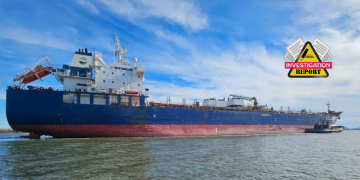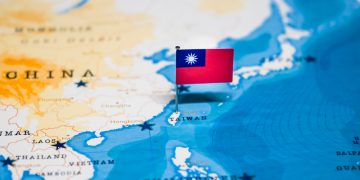ISO informed that it has published the ‘ISO/PAS 23263:2019 Petroleum products — Fuels (class F) — Considerations for fuel suppliers and users regarding marine fuel quality in view of the implementation of maximum 0,50 % sulphur in 2020’.
The document addresses quality considerations that apply to marine fuels ahead of the implementation of maximum 0,50 mass % sulphur in 2020 and the range of marine fuels that will be placed on the market in response to the international statutory requirements to reduce exhaust gas emissions.
It also defines general requirements that apply to all 0,50 mass % sulphur fuels and confirms the applicability of ISO 8217 for those fuels.
In addition, it gives technical considerations which might apply to certain fuels for the following characteristics:
- Kinematic viscosity;
- Cold flow properties;
- Stability;
- Ignition characteristics;
- Catalyst fines.
Moreover, it provides considerations regarding the compatibility between fuels and additional information on ISO 8217:2017, Annex B.
Commenting on the development, IBIA said that it has been getting several queries about when ISO specifications for fuels meeting the 0.50% sulphur limit will be available. It explained that:
- Existing ISO 8217 specifications will still apply;
- The Publicly Available Specification (PAS 23263) from ISO would not introduce any new specifications but rather help explain how ISO 8217 will continue to apply.
What is more, IBIA notes that there are no new specifications for 0.50% sulphur fuels. They can still be sold under existing ISO 8217 specifications, preferably the latest edition, ISO 8217:2017, as this includes some extra reporting requirements on cold flow properties for some distillate fuels.
Fuels with maximum 0.50% sulphur will still need to meet ISO 8217 specifications, and they can still be classified in accordance with Table 1 for distillate marine (DM) fuels or Table 2 for residual marine (RM) fuels, which define the maximum, and some minimum, parameters limits for a number of fuel grades (specifications)
[smlsubform prepend=”GET THE SAFETY4SEA IN YOUR INBOX!” showname=false emailtxt=”” emailholder=”Enter your email address” showsubmit=true submittxt=”Submit” jsthanks=false thankyou=”Thank you for subscribing to our mailing list”]
However, it may be that instead of using RMG 380, which is the most commonly used ISO 8217 specification for RM fuels currently, many of the fuels expected to be available would be better described by using other RM specifications in Table 2 of ISO 8217, such as RMA 10, RMB 30, RMD 80 or RME/RMG 180. This is because many will have lower viscosity than the typical high sulphur fuel oils (HSFOs) sold today.
As for distillate fuels, IBIA says that there could be more DMB-grade fuels returning to the market. Today, the majority of distillates are sold as DMA-grade gasoil meeting a 0.10% sulphur limit, as this is the grade most ships use to meet the legal requirement in emission control areas (ECAs) and at berth in EU ports.
Finally, fuel testing agencies have already tested thousands of samples of VLSFO produced to meet the 0.50% sulphur limit, reporting significant variations in viscosity and density. Viscosity in the tested samples typically ranges from 30 cSt to 380 cSt. A few samples have been less or above that range, with lows of 6-7 and highs of up to 500 cSt reported, but they are rare. As for density, it has been seen in a range of 850 to almost 998, with most more than 900 kg/m3.






























































Distillate marine fuel DMA ; 680 USD
Marine fuel RMB 30 ; 520 USD